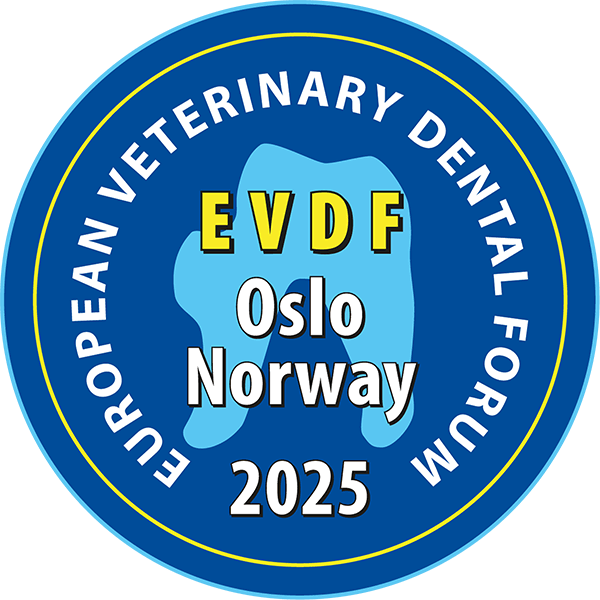

Even routine dental examinations require careful consideration of equipment requirements, and everything needs to be setup and available before even looking at the horse. An example of the list of equipment needed is below, although this list is not exhaustive:
• Treatment metal bucket with brush and separate plastic bucket for water
• Set of picks, probes, long nosed forceps, dental mirror, oral syringe
• Full mouth speculum
• Motorised dental rasp with hand pieces (ensure all batteries fully charged)
• Head light or speculum light
• Head stand with water -proof cover
• Stool for sitting on while working
• Tablet, iPad or laptop for taking notes/ dental chart
• Drug box containing sedation and any other relevant drugs
• Paper towel or small hand towel for drying hands
• Mild soapy detergent for treatment bucket, and disinfectant and brush for cleaning equipment after the procedure
• Small table for placing equipment
• Digital oroscope if available, set up on the table ready to use
Most routine dental examinations are performed under sedation in the stable or on a yard.
This requires careful consideration for horse positioning and placement of expensive equipment
to ensure the safety of the handlers, dental practitioner, horse and dental equipment.
The flooring should be non-slip ideally with rubber floor or very thin layer of bedding (ideally wood shavings rather than straw). Make sure the floor will not get slippery when wet. The horse should be positioned with its hindquarters at the back of the stable or wash bay and the head in an area that allows you to have enough space to move around and the equipment to be placed. The head is usually placed closed to the doorway so that the operator can also be in a position to be able
to get out the stable if required. In smaller stables it may be that the best position is for horse to stand in a diagonal across the stable. All the equipment should be out of the way until the horse is sedated and in position. Once the horse is sedated and in position, equipment can be set up around the horse’s head to be within easy reach but must not be in a position where it may be a trip hazard or be knocked over by the horse. The plastic bucket should be within easy reach to collect any water when the mouth is flushed to minimise the floor getting wet. Horses that are very ataxic during sedation can be placed with their hind quarters against one wall to help stabilise them. The owner should not be in the stable with the horse and manually trying to ‘hold the horse up’ is not recommended.
After the dental examination and rasp, the mouth should be flushed out prior to removing the full mouth speculum, and horse left in the stable to wake up. All equipment used should be cleaned with disinfected with a brush to clean it properly prior to packing away or using on the next horse. Dirty equipment creates a very bad impression to clients and is unprofessional. Clinical notes should be done after every horse to ensure all the correct clinical findings are noted for each horse.
